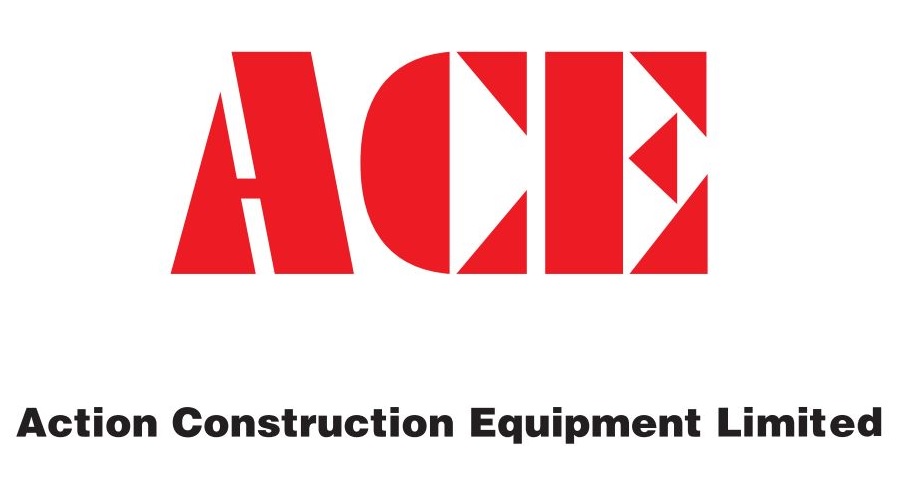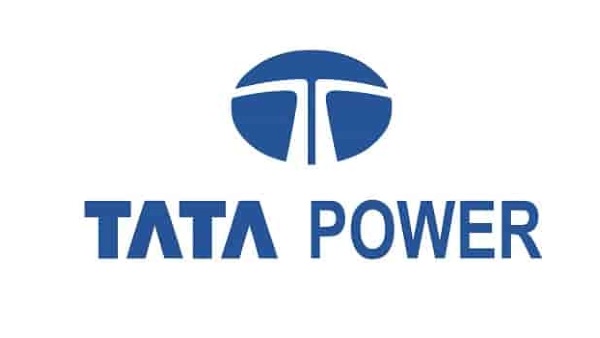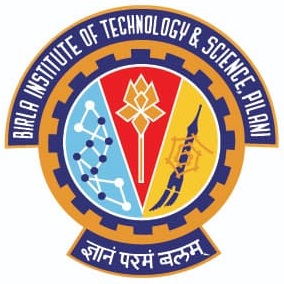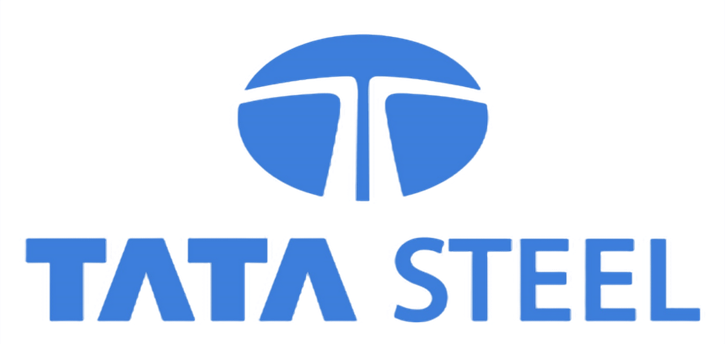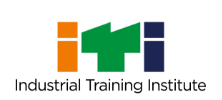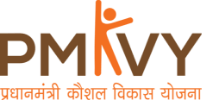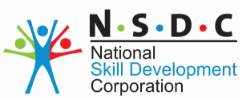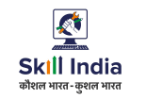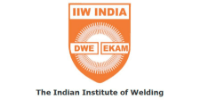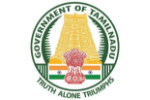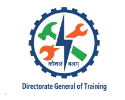High-quality Virtual Reality for Education & Vocational Training
1We provides high-quality Virtual reality in Education Training to bridge the gap between academia and practical skills


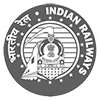


Skill Development and Digitization
With our VR AR training and simulations, you can ensure a highly specialized and result-oriented production process. Work with us to create better standards in your workforce, and take your employee efficiency to the next level.
Futuristic AR, VR, MR Simulations
Use our tools to develop cutting-edge skill development and transform your training processes. We offer effortless and immersive learning experiences for all your production needs.

Industry 4.0 Technology & Solutions
Simbott’s Skill Development integrated with Industry To give you a comprehensive view of all your training programs, tests, and evaluations. Improve workforce performance to reach the Industry 4.0 Standards
AR & VR for Education and Training of the Highest Quality
At Simbott we provide virtual reality for education & training solutions. That will help students to learn complex concepts easily & make education more immersive.
Virtual Reality Labs and Experimentations
- With VR technology, enjoy guided assistance with annotation in each procedure you conduct in the lab.
- See the process happen before you do it with AR technology.
- With the possibility of establishing a real time link to a Digital Twin of an industry or machine, provide an exposure to the industry right from the classroom.
- Watch pre-crafted learning modules in AR to see exactly how the experiment is to be conducted.
- Understand and practice any and all hazardous experiments without actually having to be physically put in danger.
- Make changes to your handling of heavy machinery and hazardous chemicals without risking safety.
VR In Vocational Training and Industry Training
- Understand how to operate heavy machinery like the EGM lathe machine Training, drilling machine Training etc. in a virtual environment
- Understand basic concepts like the material removal patterns, tool wear, burr formation, spindle movement characteristics, eccentric turning, taper turning, etc. with ease as it can be experienced with VR and AR technology.
- Provide real-time hands-on training to students/employees with Simbott VR and AR tech. When learning happens by doing, it is understood easier. It develops creativity and generates an emotional response to learning. Also, since many students are visual learners, VR is a boon.
- Create an Immersive Digital Twin of a product/machinery that the student/operator is to be trained in. With this, make them understand how the equipment is operated in a virtual environment.
- With this modern teaching-learning process, improve the amount of knowledge that students retain when they leave the classroom.
- When learning happens by doing, students understand. Once something is truly understood, it is never forgotten.
Virtual and Augmented Learning Concepts
- Make the classroom a far more effective learning place with VR and AR education modules. VR provides the feeling of presence, that enables students to learn by living the experience. It is easy to forget that VR isn’t real. A body actually believes that it is in a new place. This engages the student mind in a remarkable way.
- Overcome the bridge between theoretical knowledge and using VR technology from Simbott by helping students visualize concepts frame by frame, thereby providing in-depth knowledge.
- With visualization, concepts are understood in a far more effective manner, making learning a faster and more efficient process.
- With VR and AR technology, increase the pace with which students grasp concepts and begin to think of ways to apply them constructively.
- In case visiting learning institutions is not a possibility, make utmost use of VR and AR tech to keep the learning process going
- In times where being physically present is impossible (pandemics, in particular Covid-19), VR and AR tech from Simbott provides an easy, effective and efficient method of quality learning.
STEM Modules and Understanding
- Science is an area where VR and AR technologies are the most applicable. Certain concepts that cannot be understood easily with conventional learning methods can be visualized and understood in a virtual environment.
- Stimulate different thought processes in students with state of the art learning aids.
- Visualize scientific, technical, engineering concepts by experiencing them in a virtual environment. Promote exploration of concepts and experimentation in students, thereby widening their knowledge base.
- Develop new technologies by encouraging individual learning and harnessing ideas from budding student minds
- Ensure key critical concepts are understood by the students. With attractive presentations, good structures, interactive learning modules, fun learning material, ensure that students enjoy the process of learning.
- Use features like annotation, virtual environment developing, AR, Immersive Digital Twin replication, etc. to aid Classroom Education
Trust Simbott
At Simbott, we believe in the power of connection and harmony. An organisation that works well together, stays ahead.
Unstoppable RnD efforts
At Simbott, we never stop working at better solutions to constantly improve and upgrade your organization. Get access to all the data and information that you need to bridge the gap between your idea and the marketplace. Finetune your expertise to better your engineering, design, and performance processes.
5G - The Accelerator-In-Chief
Transform your training by giving wireless access and connectivity to all your workers using 5G, AR, Digital Twin Simulations, and much more. Step into the next era of skill development with high-tech solutions configured with remote control, all at your fingertips.
Envision The Future of Training
Infuse your training simulations with the Simbott promise of accuracy and efficiency. Let’s take the big leap towards hosting training for all parts of your workforce virtually, to create immersive and experiential learning programmes

Sharp Analytics Tools
Dive into data-driven understandings of the skill levels of your workers. Engage with data and information in an interactive manner to better your grasp on all parts of the manufacturing process.

Round-the-clock Service
With Simbott, you have access to 24/7 customer care for any and all of your problems. Talk to us to make your workflows smooth and accessible.

Let’s create tomorrow
We don’t want to create products that fit neatly into the status quo - we want to create tomorrow. Bold, innovative, and accessible is our goal for the future of the trades’ industry.
Gear up for the Industry 4.0 Skill Digitization and Development.
Invest in upgrading critical skills and talent with Immersive VR, AR, MR Training to build a smart organization. Click here for more Case Studies and Smart Solutions with Simbott
VR solutions for schools
As technology continues to evolve, so does the way we learn. Virtual reality (VR) is one of the latest innovations to enter the classroom, offering new opportunities for students to engage with their lesson material.
When used properly, VR can provide an immersive and interactive learning experience unlike anything else.
For example, history students can step inside a virtual reconstruction of ancient Rome, or science students can take a virtual field trip to the bottom of the ocean.
VR can also be used to simulate dangerous situations, such as chemical spills or car accidents, allowing students to gain experience in a safe and controlled environment.
With so much potential, it is no wonder that VR is increasingly being used in education. However, as with any new technology, some challenges need to be addressed.
For example, VR headsets can be expensive, and not all students will have access to them.
We provide complete VR Solutions For Schools Ex. VR Labs Setups, VR Explanations Of complex Science concepts & more helps students to learn faster
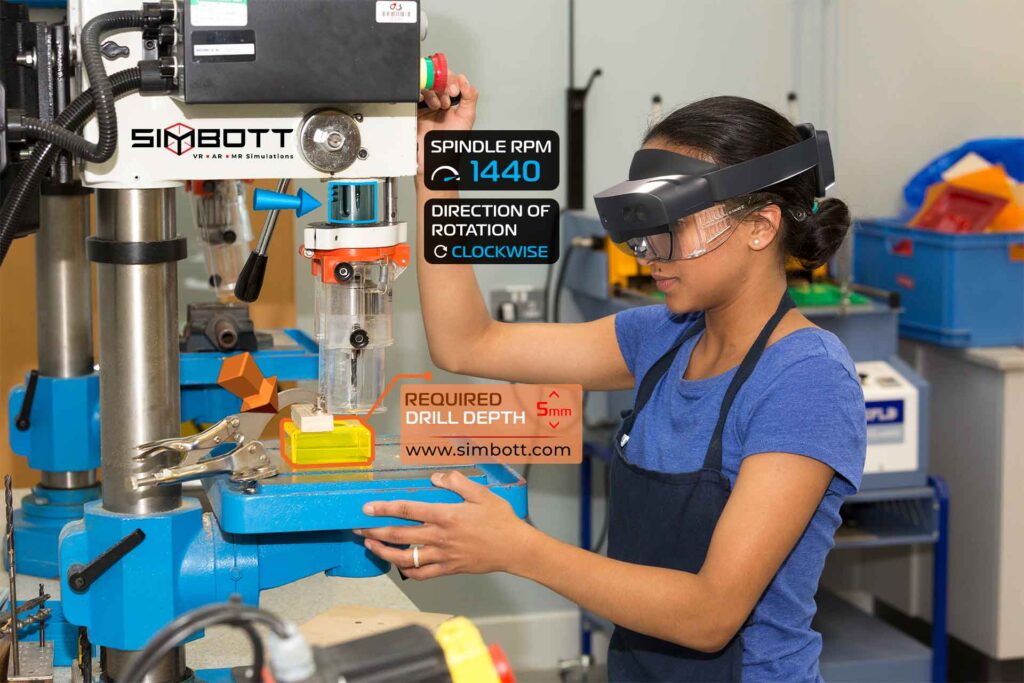
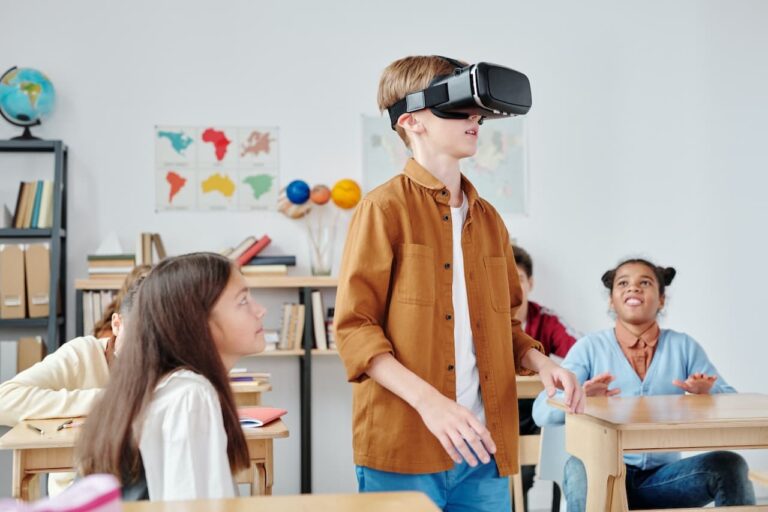
Virtual Reality In education and training for primary & secondary schools
In the past few years, there has been an explosion in the use of virtual reality (VR) technology. Some schools are now using VR to provide educational experiences for their students.
VR can be used to transport students to distant locations and times, allowing them to learn about history and culture in a way that is immersive and interactive. In science, VR can be used to create simulations of experiments, giving students a safe environment in which to explore and learn.
There are endless possibilities for how VR can be used in education, and it is likely that we will see more and more schools adopting this technology in the years to come.
Applications for Virtual Reality in education & training
- 1. Improved Engagement
Virtual reality has the potential to improve engagement in education, as it can provide students with an immersive and interactive learning experience.
VR can be used to transport students to different times and places, which can make learning more exciting and engaging.
Additionally, VR can be used to create simulations of real-world situations, which can help students to better understand complex concepts.
- 2. Enhanced Visual Learning:
Virtual reality can also enhance visual learning, as it allows students to see things they would not be able to see in the real world.
For example, VR can take students on virtual field trips to places like the bottom of the ocean or inside the human body.
These types of experiences can help students to understand better and remember information.
- 3. Improved Accessibility:
Virtual reality also has the potential to improve accessibility in education, as it can provide students with a way to learn that is not limited by their physical location.
VR can be used by students who are homebound or who live in remote areas, as well as by those who have difficulty attending traditional schools due to medical conditions or other reasons.
- 4. Individualized Instruction:
Virtual reality also has the potential to provide individualized instruction, as it can allow each student to learn at their own pace and in their own environment.
VR can be used to create custom learning experiences that are tailored to each student’s individual needs and preferences.
This type of instruction can help all students, including those who are struggling or those who are gifted and need an accelerated learning experience.
- 5. Increased Motivation:
Virtual reality has the potential to increase motivation in education, as it can provide students with a more engaging and exciting learning experience.
VR can also be used to reward students for completing tasks or reaching goals, which can further increase motivation levels.
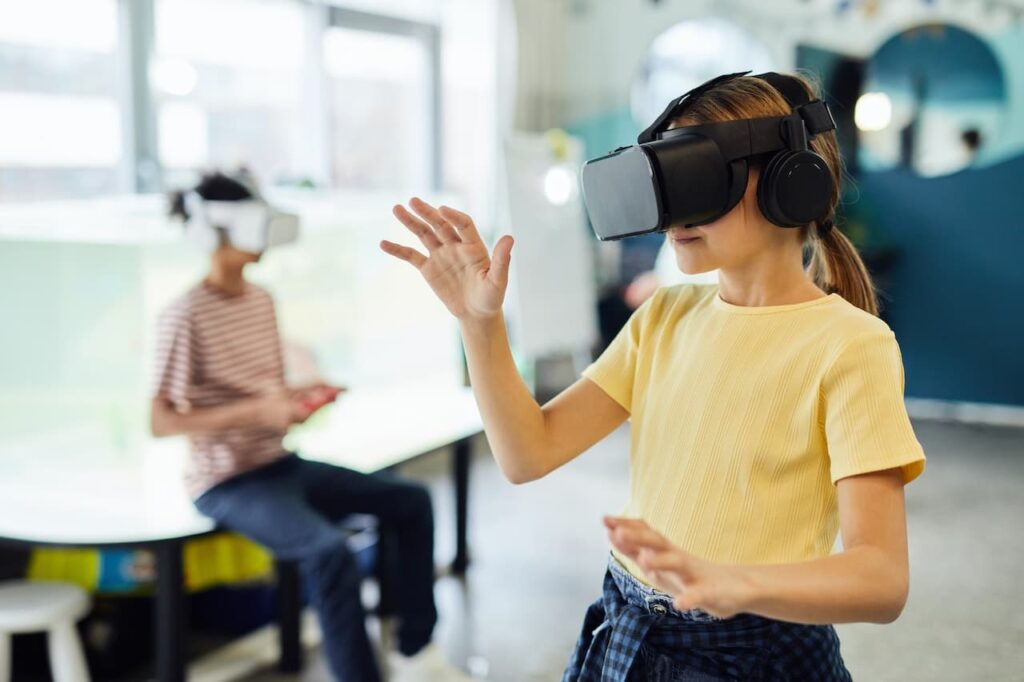
Virtual Reality For Higher Education & Training
While virtual reality(VR) is often associated with gaming and entertainment, it also has the potential to revolutionize education.
VR tools can transport students to distant places or historical eras, bringing the material to life in a way that is simply not possible with traditional methods.
In addition, VR can be used to create simulations that allow students to practice skills in a safe and controlled environment.
For example, medical students can use VR to gain experience with procedures before they ever step into a hospital.
Check Out All 13: Advantages of Virtual Reality in Education
5 Benefits of using Virtual Reality Labs for schools
- 1. Cost-effective:
One of the primary benefits of using VR labs for schools is that they are cost-effective.
Traditional labs can be expensive to set up and maintain, but VR labs can be created at a fraction of the cost.
Additionally, VR labs can be used by multiple students at the same time, which further reduces the cost per student.
- 2. Access to Experiences:
Another benefit of VR labs is that they provide students with access to experiences that they would otherwise be unable to have.
For example, VR labs can be used to simulate dangerous environments, such as chemical laboratories or active volcanoes.
This allows students to learn about these environments without putting themselves in harm’s way.
- 3. Enhanced Engagement:
VR labs also have the potential to enhance student engagement.
When students are using VR headsets, they are completely immersed in the experience and are, therefore, more likely to pay attention and retain information.
Additionally, VR labs can be used to create interactive experiences that are more engaging than traditional lectures or textbooks.
- 4. Increased Motivation:
VR lab experiences can also increase student motivation.
When students are able to see the real-world applications of what they are learning, they are more likely to be motivated to put in the effort required to master the material.
Additionally, VR labs can make learning more fun and engaging, which further increases motivation levels.
- 5. Improved Collaboration:
Finally, VR lab experiences can improve collaboration among students.
When students are working together in a VR environment, they need to communicate and cooperate in order to complete the task at hand.
This type of collaboration can help students develop important teamwork skills that will be beneficial in both their academic and professional lives
5 benefits of virtual reality in education & training
- 1. Enhanced Learning Experience:
Virtual reality can help students visualize complex concepts, making it easier for them to understand and retain information.
Students can explore different environments, manipulate objects, and interact with simulations, which can deepen their understanding of various subjects.
- 2. Increased Engagement:
Virtual reality provides a unique and interactive learning experience that can capture students’ attention and increase their motivation to learn.
The immersive nature of VR can help students stay focused and engaged for longer periods of time.
- 3. Safe Learning Environment:
In certain subjects, such as science or healthcare, virtual reality can create a safe and controlled learning environment. Students can perform experiments or practice surgical procedures without risking harm to themselves or others.
- 4. Cost-Effective:
Virtual reality can be a cost-effective way to provide students with access to learning experiences that may be too expensive or dangerous in the real world.
For example, students can visit historical sites or go on field trips without leaving the classroom.
- 5. Accessibility:
Virtual reality can provide students with disabilities or those who live in remote areas access to educational experiences that may not be available to them otherwise.
VR can help level the playing field and ensure that all students have equal access to quality education.
5 Benefits of Virtual Field Trips
- 1. Access to More Locations:
One of the primary benefits of virtual field trips is that they provide access to locations that would otherwise be inaccessible.
For example, a virtual field trip to the Amazon rainforest would allow students to see and learn about a variety of plant and animal species that they would not be able to see in person.
Additionally, virtual field trips can also provide access to historical locations, such as ancient Egyptian pyramids or the Roman Colosseum.
- 2. Cost-Effective:
Another benefit of virtual field trips is that they are cost-effective. Traditional field trips can be quite expensive, as they often require travel and lodging expenses.
Virtual field trips, on the other hand, can be accessed from anywhere with an internet connection, making them much more affordable.
- 3. Flexible Scheduling:
Virtual field trips also offer flexible scheduling options. Traditional field trips are often scheduled months in advance and may not be able to accommodate last-minute changes. Virtual field trips can be scheduled on short notice and can easily be rescheduled if necessary.
- 4. Increased Engagement:
Virtual field trips have also been shown to increase student engagement.
A study conducted by the National Education Association found that students who participated in virtual field trips had increased levels of engagement and motivation when compared to those who did not participate in virtual field trips.
- 5. Enhanced Learning Experiences:
Finally, virtual field trips can provide enhanced learning experiences for students.
Traditional field trips often involve passive activities, such as listening to a tour guide or watching a video.
Virtual field trips, on the other hand, often involve interactive activities that allow students to participate actively in their learning.
FAQs of VR For Education & Training
What is VR For Education?
Virtual Reality (VR) in education is here and it’s changing the way we learn. Instead of reading a textbook or listening to lectures to gain knowledge, students are now able to actively engage with lessons in fully immersive virtual worlds.
Through VR, students can experience 360-degree views inside a living cell, maneuver around an historical site, tour distant galaxies, and gain a deeper understanding of the world around them.
This new technology can help students retain information more effectively by bringing educational concepts out of textbooks and into real-world applications.
With its ever-growing library of content, VR for education will be sure to revolutionize classrooms around the globe as an incredible yet accessible learning tool that opens endless possibilities for knowledge building.
What is virtual reality learning?
Learning in virtual reality is an immersive experience that takes place in a computer-generated environment.
When using VR for learning, students are able to interact with their surroundings and engage with content in a way that is not possible with traditional methods such as lectures or textbooks.
For example, VR can be used to simulate historical events or to provide an up-close look at a scientific phenomenon.
By placing students in an immersive environment, VR has the potential to enhance their understanding of complex concepts and improve their retention of information. Additionally, VR learning can be tailored to individual needs, making it an effective tool for providing personalized instruction.
As VR technology continues to evolve, it is likely that virtual reality will play an increasingly important role in education.
How can virtual reality help students?
Virtual reality has the potential to revolutionize the way students learn. By immersing them in lifelike simulations, VR can provide an engaging and interactive experience that is unlike anything else.
With VR, students can visit places they would never be able to see in people, such as historical sites or distant galaxies.
They can also explore complex concepts in a way that is easy to understand and retain. Additionally, VR can be used to teach social and emotional skills, such as empathy and cooperation.
As VR technology continues to develop, the potential uses for education are endless. With its ability to engage and enlighten students, virtual reality has the power to transform the way we learn.
How is augmented reality used in education?
Augmented reality (AR) is a technology that allows users to overlay digital information on top of the real world.
This can be anything from simple text or images to full-fledged 3D environments. AR has a wide range of potential applications, and one of the most promising is in education.
There are many ways that AR can be used to enhance the educational experience. For instance, it can be used to provide students with interactive visual aids that make complex concepts easier to understand.
AR can also be used for virtual field trips, allowing students to explore places they might not otherwise have access to. Additionally, AR can be used as a tool for assessment, giving educators instant feedback on how well students understand a particular concept.
What is a virtual reality labs?
A VR labs is a facility where people can experience virtual reality simulations. The lab typically contains high-end computers and other equipment that allows users to immerse themselves in realistic, three-dimensional environments.
VR labs are often used for research purposes, as they allow scientists to study human behaviour in controlled settings.
However, they can also be used for entertainment or educational purposes. For example, some museums have VR labs that allow visitors to experience virtual tours of historical sites.
VR labs can also be used to create training simulations for soldiers or pilots. Ultimately, VR labs offer a powerful tool for exploring and understanding the world around us.
What is a virtual field trip for education?
A virtual field trip for education is where a class or group of students takes an online tour of a location.
This can be done through video conferencing, viewing a live feed, or even exploring a 360-degree virtual reality simulation.
Virtual field trips can provide students with an up-close look at places and events that they might not otherwise be able to experience, such as ancient ruins or the inside of a working factory.
With the help of a knowledgeable guide, virtual field trips can be an effective way to learn about history, science, and other topics.
Best of all, they can be taken from the comfort of the classroom!

